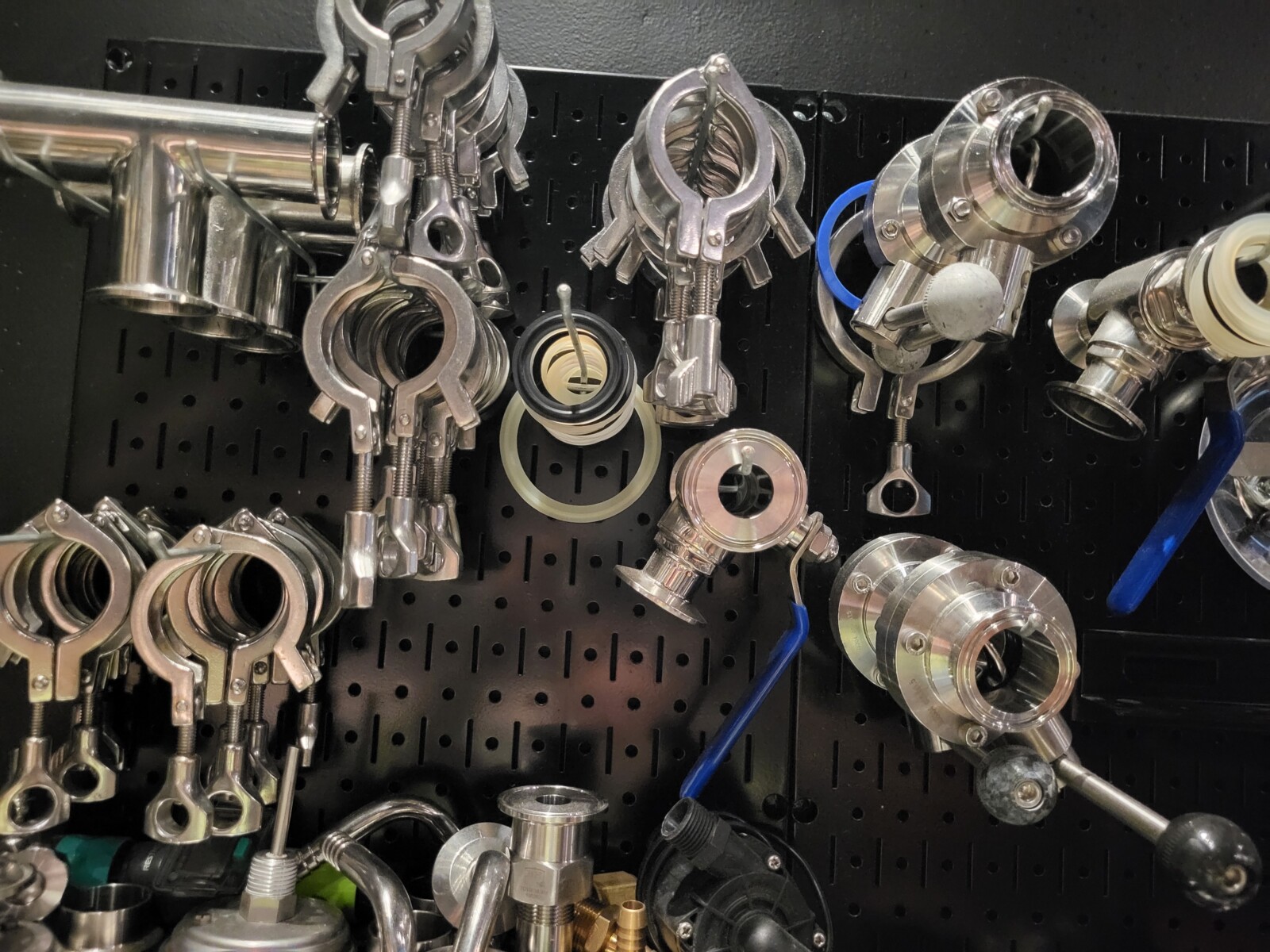By now, anyone even remotely associated with the brewing industry should know that sanitation is the key to success. Not only does it show a commitment to quality but it also keeps customers safe. There are tried and true standard operating procedures that good breweries follow to keep unwanted germs and microbes at bay, but what does the future of sanitation look like?
ProBrewer contributor John Holl spoke with Andy Tveekrem, the brewmaster and co-founder of Market Garden Breweries and Nano Brew Cleveland in Ohio about the next generation of sanitation.
Among other things he recommends making sure that the correct scrub pads are being used on stainless steel that won’t compromise the material, and that all sanitation is properly documented not only for brewery use but in the case of government audits. Using software that has parameters pre-loaded and that keeps numbers accurate helps avoid any human mistakes or guesses.
John Holl: What are some of the advancements you’ve seen in brewery sanitation lately?
Andy Tveekrem: Fundamentally not much has changed that I can see. The technologies that are in use have been around for quite a while, but one thing that comes to mind is ozonated water. It’s not a new technology but it is applicable to things that brewers do and need done.
As a sanitizer you’re looking for oxidizers. So, when you have an ozone generating system, when you have O3, you have an effective cleaner. Once you have the equipment you run water through it and it generates the ozone that you need.
Where it totally shines, and this is why it has been so popular in the wine industry, is cleaning barrels. It is also great for washdowns as it eliminated black mold lickety-split. Where is has a disadvantage is that it is not good for fermenters.
John Holl: What about infrastructure?
Andy Tveekrem: Obviously brewery layout is important. With walls, floors, and drains, having input from brewers before a build is important because when you find out that the floor is flat or sloped in the wrong direction, it’s too late.
John Holl: What do you recommend for in-depth reading?
Andy Tveekrem: A really good book called Brewery Cleaning: Equipment, Procedures, and Troubleshooting by Richard Wrench and it’s available through the Master Brewers Association of the Americas (MBAA) website. It goes through everything from the fundamentals to regiments, CIPs, design, optimizations, trouble shooting, all of it. Every brewery should have that book, and read it, if they haven’t already.
John Holl: What about Personal protective equipment?
Andy Tveekrem: I struggle with it in my own brewery, we have a bib that hangs in the corner and no one wants to wear it because its so cumbersome, but it needs to be worn. Gloves, goggles, and other protective gear is super important. Every time, whoever is cleaning should look like they are suited up to go clean a toxic chemical site. This keeps people safe and it has been a big focus of the MBAA and the Brewers Association. It’s why we’ve seen The Occupational Safety and Health Administration (OSHA) violations headed in the right direction, which is down.
John Holl: Final thoughts?
Andy Tveekrem: Sanitation is a three-legged stool. It’s time, temperature, and concentration. If you take away from any one of those you have to make up for it with the others.

